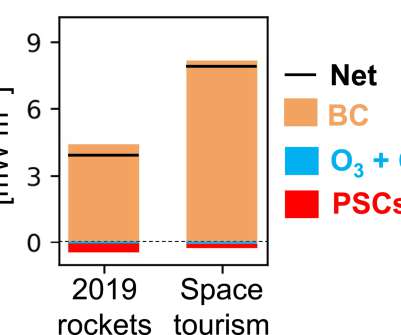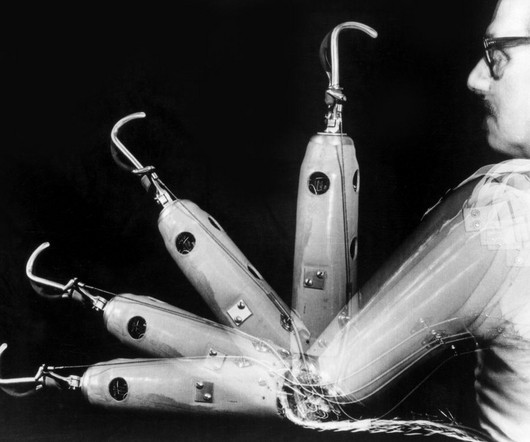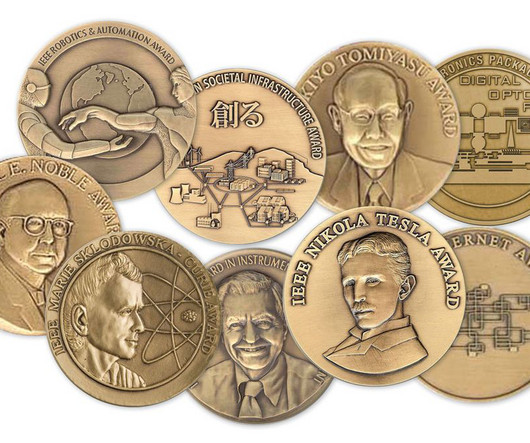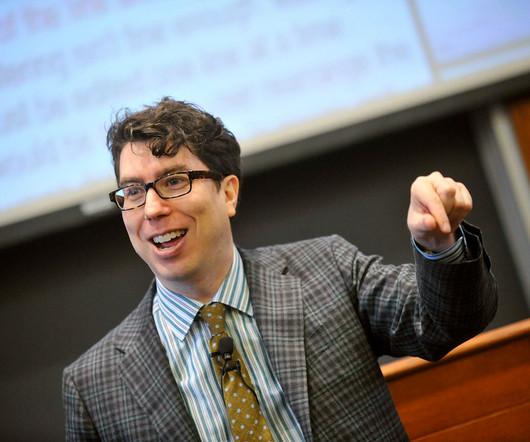MIT: hybrid cathodes could boost energy capacity of lithium-sulfur batteries
Green Car Congress
MARCH 26, 2019
Researchers at MIT and in China are proposing a new class of dense intercalation-conversion hybrid cathodes by combining intercalation-type Mo 6 S 8 with conversion-type sulfur (HMSC) to realize a Li–S full cell. electrolyte) and eventually redeposit somewhere else as solid phases. …































Let's personalize your content